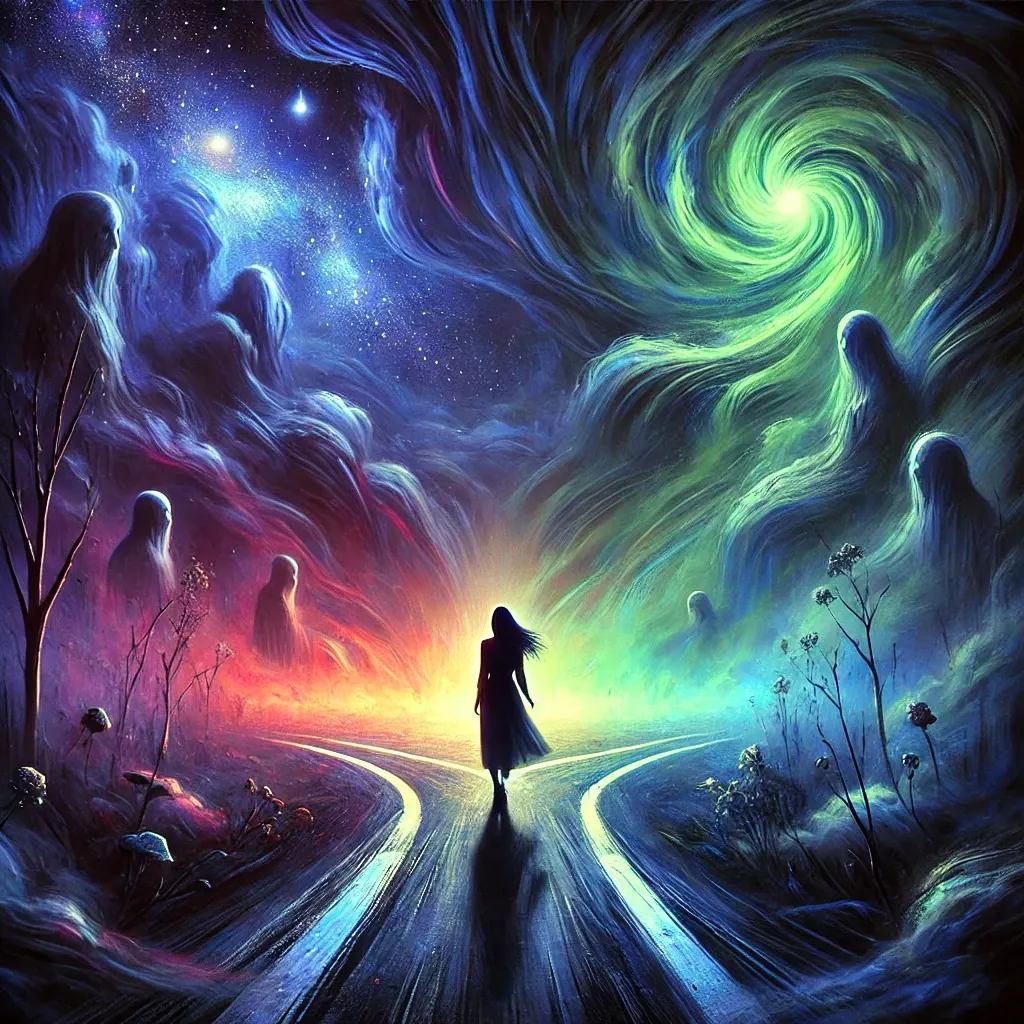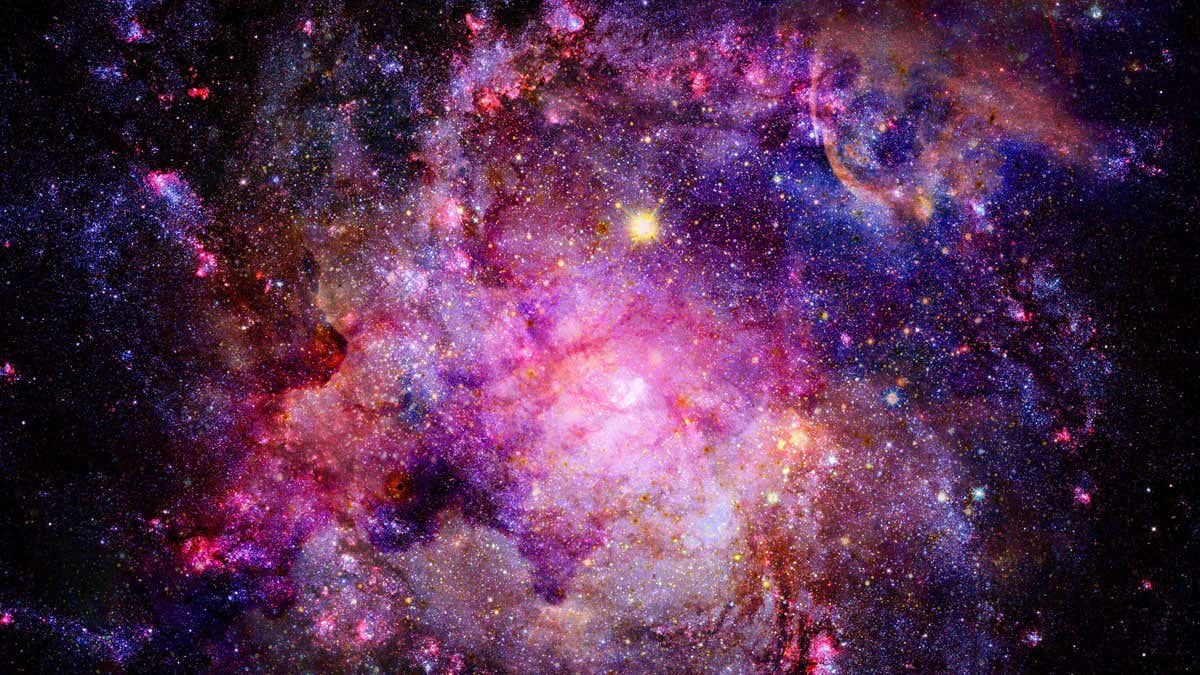You walk into a room you’ve never seen before. People are speaking, laughter ripples through the air, and a glass shatters in the corner. For a fleeting instant, your heart stops—because you have been here before. Not just here in this space, but this exact moment feels eerily familiar, down to the angle of the light and the cadence of voices. It lasts only a breath, then slips away, leaving you with a strange mixture of wonder and unease.
This experience, known as déjà vu, is one of the most common yet mysterious phenomena of human consciousness. Roughly two-thirds of people report experiencing it at some point in their lives, most often in youth or early adulthood. It is not tied to culture, education, or belief—it seems to arise from something fundamental in the way our brains and perhaps even the universe itself is structured.
But what is it? Is déjà vu merely a trick of memory, a neurological glitch, or could it be something deeper—a window into hidden aspects of time, consciousness, and physics itself? For centuries, philosophers and scientists have wrestled with this puzzle. Today, neuroscience offers compelling insights, but the mystery also touches upon the profound physics of time and perception. To understand déjà vu, we must stand at the crossroads of brain science and the fabric of reality.
The Neuroscience of a Glitch
For decades, psychologists and neuroscientists approached déjà vu as a memory phenomenon. The very name, French for “already seen,” suggests the eerie sense of recollection without actual prior experience. Modern studies suggest it arises when the brain’s systems for familiarity and recollection become briefly misaligned.
The human brain encodes memories through intricate networks centered in the temporal lobes, particularly the hippocampus. When you encounter a new situation, one system rapidly scans for familiarity—do the patterns of sight, sound, and context resemble anything experienced before? Another system verifies recollection—does this truly match a stored memory?
Most of the time, these systems work seamlessly. Familiarity tells you that the café looks like one you visited in Paris; recollection confirms it’s actually a new café in your hometown. But occasionally, familiarity fires inappropriately—your brain mistakenly tags the moment as familiar even when no memory exists. The result is the uncanny sense of déjà vu.
Supporting this, research shows that electrical stimulation of the temporal lobes can trigger déjà vu-like sensations. Patients with temporal lobe epilepsy often report déjà vu just before seizures, suggesting abnormal neural firing plays a role. Functional MRI studies reveal unusual activity in the hippocampus and parahippocampal cortex during déjà vu episodes, reinforcing the link to memory systems.
On this level, déjà vu is a glitch: the brain’s pattern-recognition machinery misfires, momentarily labeling the present as past. Yet even this explanation invites deeper questions. Why does the misfire feel so profound, so woven with an uncanny sense of destiny or parallel lives? And why does déjà vu often carry a strange sense of time folding back on itself? To answer this, we must look beyond memory into the physics of perception.
Time, Consciousness, and the Present Moment
At the heart of déjà vu lies a paradox of time. Why does a fleeting moment feel like it has already occurred? To explore this, we need to examine how the brain and physics themselves treat time.
Physically, time is one dimension in the four-dimensional fabric of spacetime. According to Einstein’s theory of relativity, past, present, and future all coexist within this continuum. From a certain perspective, the flow of time is an illusion—events are laid out like frames of a film reel, and consciousness is the projector moving through them.
The brain, however, does not perceive time in a continuous stream. Instead, it constructs the present moment in small windows, stitching sensory inputs together. Some neuroscientists suggest that our sense of “now” lags reality by a fraction of a second. This delay allows the brain to integrate signals, but it also means we are always experiencing a constructed past, not an objective present.
Déjà vu may arise when these time-construction processes falter. The brain might briefly encode an event twice—once unconsciously, then again consciously—creating the illusion of having lived it before. In this sense, déjà vu is less about memory and more about the architecture of time perception. It reveals that our experience of “now” is fragile, built from overlapping neural circuits that sometimes slip.
But could there be more? Could déjà vu point not just to brain glitches but to a deeper truth about the nature of time itself? Some physicists and philosophers believe so.
Quantum Shadows of the Mind
The frontier where neuroscience meets physics is speculative, but intriguing. Some theories suggest déjà vu could be related to quantum processes in the brain. While mainstream neuroscience does not depend on quantum effects, certain researchers—like physicist Roger Penrose and anesthesiologist Stuart Hameroff—have proposed that consciousness itself may involve quantum phenomena inside neurons.
If consciousness has a quantum dimension, then déjà vu could represent moments where our awareness briefly samples multiple timelines or probability paths. In quantum mechanics, particles exist in superpositions—multiple states at once—until observation collapses them into one outcome. Consciousness may similarly move through branching possibilities of experience. Déjà vu, in this light, could be the ghostly echo of having “already” experienced a parallel branch of reality.
Though highly speculative, this view resonates with the subjective feeling of déjà vu—that uncanny sense not merely of memory but of fate, as if one is touching a hidden structure beneath ordinary time. Physics reminds us that reality is stranger than intuition, and phenomena like déjà vu hint at how perception might brush against the quantum seams of existence.
Memory, Parallel Universes, and the Multiverse Imagination
Beyond neuroscience and quantum physics, déjà vu has also been linked in imagination to the idea of parallel universes. The multiverse hypothesis suggests our universe may be one among countless others, each branching with different possibilities. What if déjà vu is a fleeting overlap—a moment when the boundaries between universes blur, and we momentarily access memory traces from another self in another timeline?
Science has no evidence to support this directly, but the concept captivates both physicists and storytellers. Multiverse theories arise naturally from cosmology and string theory, where mathematics suggests many universes could exist. Déjà vu, then, becomes a psychological doorway into this cosmic possibility.
While unlikely to be a literal crossing of universes, déjà vu may symbolize the profound way our brains imagine time and possibility. It reveals how perception is not just about survival but about meaning—our minds constantly project narratives, seeking patterns that connect us to something larger. Déjà vu, in its uncanny mystery, embodies this search for hidden connections.
The Emotional Weight of Déjà Vu
What makes déjà vu so haunting is not just its strangeness but its emotional charge. People describe it as mystical, fated, even spiritual. Why should a simple brain glitch feel so profound?
Part of the answer lies in the way memory and emotion intertwine. Familiarity is a powerful emotional signal. It tells us what is safe, what is important, what belongs to our identity. When the brain misfires and labels a moment as familiar, it triggers the same emotional resonance. Suddenly the mundane acquires depth. The feeling that “I have been here before” becomes a feeling that “this matters.”
Moreover, déjà vu often arises in moments of novelty—new places, new experiences—when the brain is working hardest to encode memory. These are precisely the times we are most alert, most alive. Déjà vu then acts as a spark, magnifying awareness, making us question not only memory but existence itself. It is no wonder many cultures interpret it spiritually, as evidence of past lives, destiny, or hidden truths. Science may explain the mechanisms, but the meaning we attach is uniquely human.
When Glitches Become Clues
Though often dismissed as a curiosity, déjà vu is more than a glitch. It is a clue to how memory, perception, and time are woven together. It shows us that the brain is not a passive recorder but an active constructor of reality. It reveals that consciousness operates on delicate edges, where tiny misalignments can create experiences that feel cosmic.
In this sense, déjà vu is not merely about memory but about existence. It forces us to confront questions: What is the present? How does the brain construct time? Could consciousness reveal aspects of physics that science has yet to grasp? Every fleeting déjà vu is a reminder that our everyday experience is layered with mystery.
The Hidden Physics of Déjà Vu
So what is the hidden physics behind déjà vu? At one level, it is the physics of the brain—a system of neurons firing in time, encoding memory traces, constructing perception. At another level, it touches the physics of time itself. Einstein showed us that past, present, and future are not absolute. Quantum physics shows us that multiple possibilities can coexist. Consciousness, perched at the edge of these mysteries, may occasionally stumble into experiences that reflect the strangeness of the cosmos.
Déjà vu, then, is not proof of parallel universes or quantum consciousness—but it is a window into the fragile interface where mind meets time. It is a symptom of how our brains grapple with the most elusive phenomenon in physics: the flow of time itself. In every déjà vu, we glimpse the profound fact that reality is not as straightforward as it seems.
And perhaps that is why déjà vu continues to fascinate. It is a reminder that we live not only in space and time but in mystery. A moment that feels like forever whispers to us that the boundaries between memory, perception, and the cosmos are thinner than we imagine. In that whisper, we sense something extraordinary—that to be conscious is already to touch the infinite.
Conclusion: Living With the Mystery
Science explains déjà vu as a misfiring of memory circuits, but explanation does not diminish wonder. If anything, it deepens it. To think that a tiny glitch in neural timing can create an experience that feels like touching destiny is itself astonishing. It reminds us how finely tuned, how fragile, and how miraculous consciousness is.
Perhaps we will one day fully map the mechanisms, from hippocampal neurons to quantum possibilities. Perhaps déjà vu will yield its last secret to physics or neuroscience. But even then, the experience will remain uniquely human—a fleeting glimpse of time folding upon itself, a reminder that our minds are not merely windows onto reality but active participants in shaping it.
The hidden physics behind déjà vu is, ultimately, the hidden physics of being alive. It is the physics of a brain that builds time, of a universe where time is malleable, of a consciousness that longs for meaning. Déjà vu is not just déjà vu—it is a mirror held up to the most profound questions of existence.
When the next wave of familiarity sweeps over you, when the moment feels doubled and the world tilts into strangeness, pause. Remember that you are brushing against the edges of memory, time, and physics itself. And let yourself marvel that in this fleeting, ordinary moment, you are touching the infinite mystery of being.






